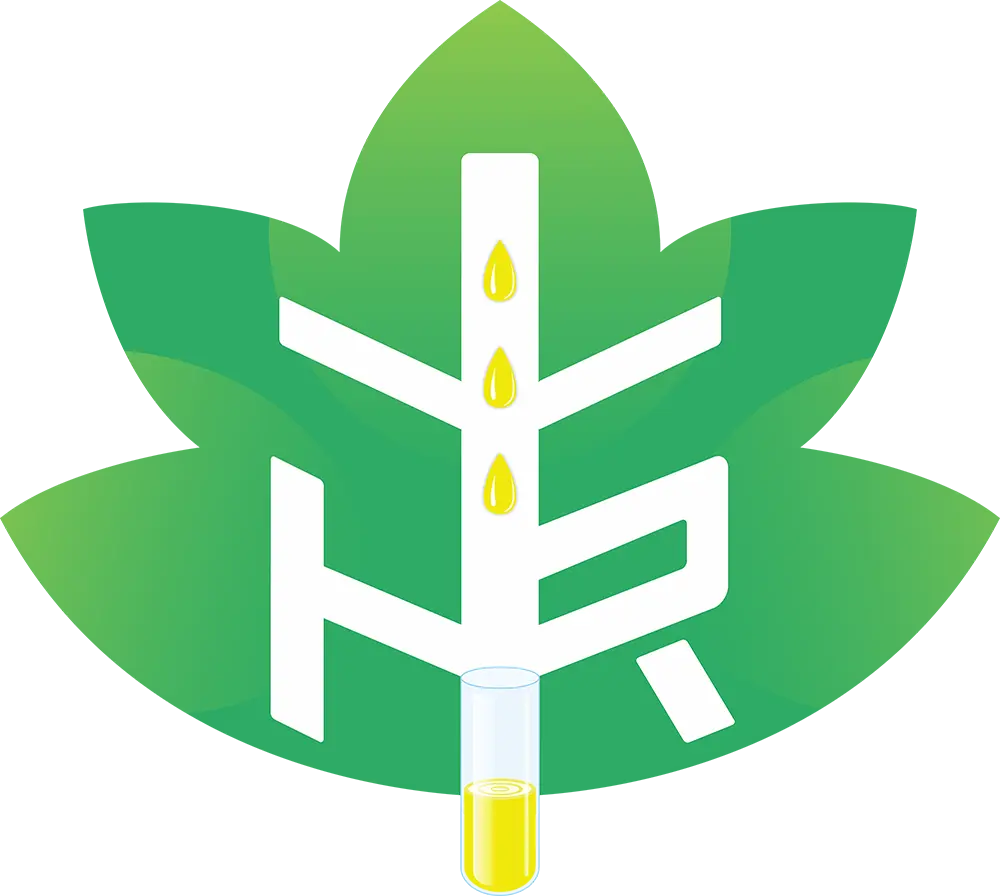Concerns about human insecticide exposure have stimulated the development of alternative bed bug control materials, and many essential oil-based insecticides and detergent insecticides have been developed in recent years. But how do they work? To find out, researchers at Rutgers University evaluated the efficacy of nine essential oil-based products and two cleaners that were labeled and put on the market for bed bug control. The results were published in an article in the “Journal of Economic Entomology”.
Non-synthetic bug insecticide-contains geraniol, rosemary oil, peppermint oil, cinnamon oil, peppermint oil, eugenol, clove oil, lemongrass oil, sodium lauryl sulfate, propylene glycol 2-benzoate, sorbic acid Ingredients such as potassium and sodium chloride-including the following products:
When the researchers sprayed 11 non-synthetic pesticides directly on the bed bug nymphs, they found that there were only two-EcoRaider (1% geraniol, 1% cedar extract and 2% sodium lauryl sulfate) and Bed Bug Patrol (0.003 % Clove oil), 1% peppermint oil and 1.3% sodium lauryl sulfate) killed more than 90% of them. Except for EcoRaider which killed 87% of them, no other non-synthetic insecticides had any obvious effect on bed bug eggs.
Although these laboratory results seem encouraging, the effectiveness of the two products may be much lower in the actual environment, because the ability to hide any product in tiny cracks and crevices makes it difficult to spray it directly on bed bugs .
The authors wrote: “Under field conditions, bed bugs hide in cracks, crevices, creases, and many other places where it may not be possible to apply insecticides directly to concealed insects.” “It must be done under field conditions. Other research to determine the field efficacy of EcoRaider and Bed Bug Patrol and how to incorporate them into bed bug management programs.”
Strangely, some of the active ingredients in EcoRaider and Bed Bug Patrol also appeared in some other tested products. The work efficiency of these products is very low, which shows that the inactive ingredients of this product are also important.
The authors wrote: “In addition to the active ingredients, other factors must also be attributed to the high efficacy of certain essential oil-based insecticides.” Such as wetting agents, dispersants, stabilizers, defoamers, pastes and Adjuvants such as solvents can have a synergistic effect on essential oils by improving the permeability of insect epidermis and the transfer of active ingredients in insects. ”
Materials provided by the American Entomological Society. Note: You can edit the style and length of the content.
Get the latest science news through ScienceDaily’s free email newsletter, which is updated daily and weekly. Or view the hourly updated news feed in the RSS reader:
Tell us what you think about ScienceDaily-we welcome both positive and negative comments. Are there any problems using this website? Any questions
Post time: Jan-19-2021




